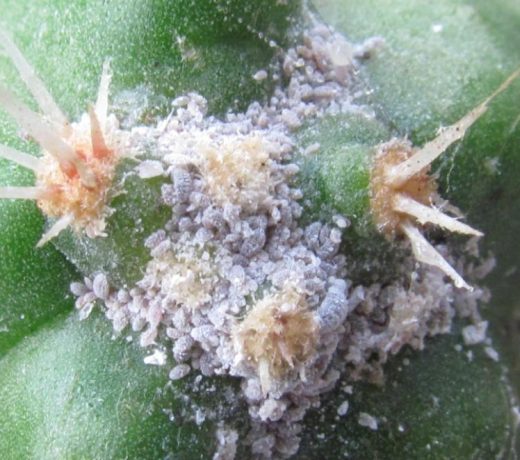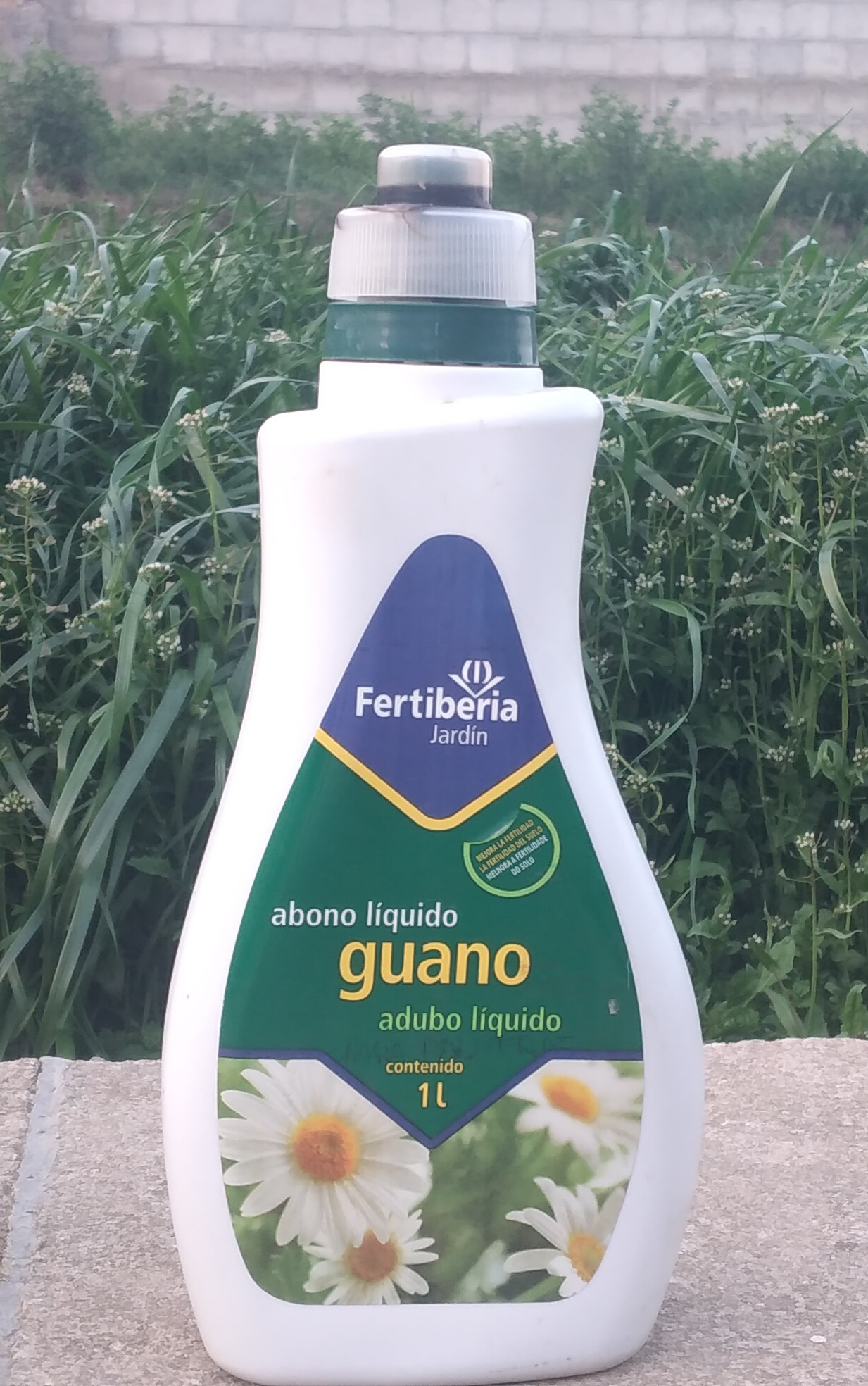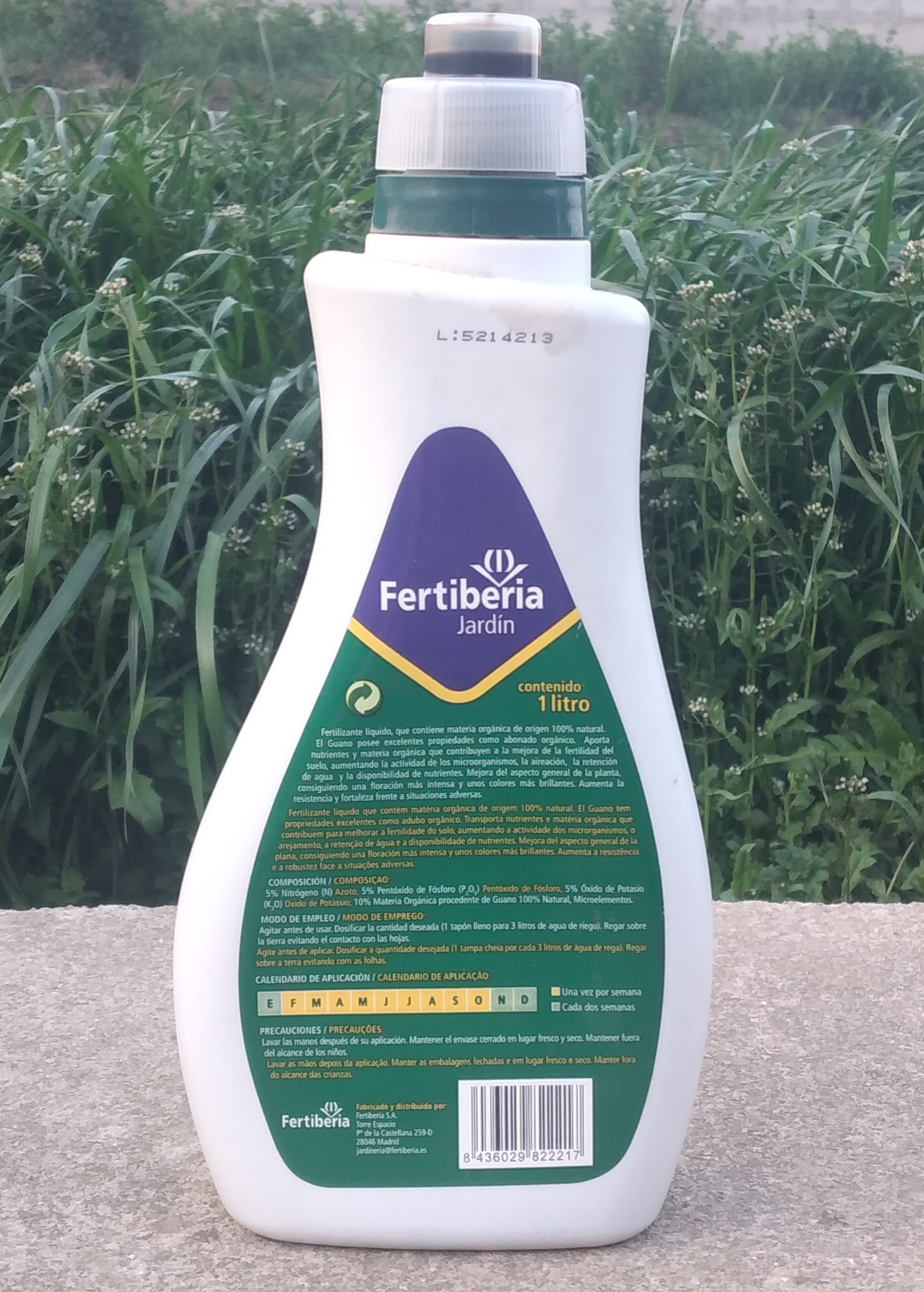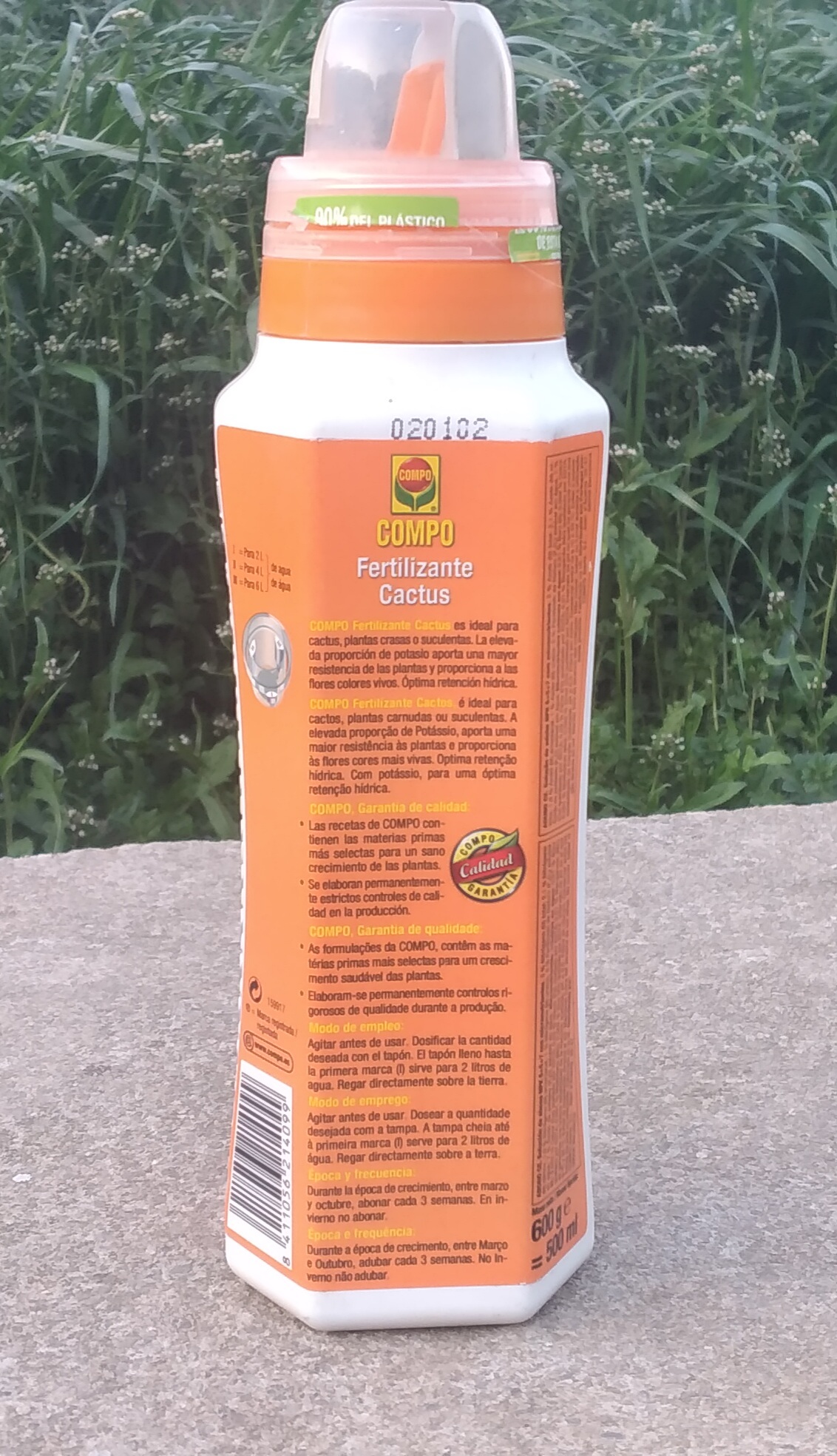The maintenance of cacti is one of the easiest in the plant world. They do not require much attention except for some species that do require more care, such as those in the lithop family (or living stones as they are commonly called) or the temple of Buda, which are very sensitive to humidity and extreme sun. However, some other specimen such as cereus peruvianus var. monstruosus or many types of mammillaria are not complicated at all.
Like many other plants and trees, when the cold starts, they enter at a state of rest to put it in some way, and that is when you have to start to consider many things like, for example, when you have to irrigate them. Plants generally tend to be seasonal, which means that when you buy them nicely and all you have to do is water them and, if necessary, put on fertilizer to extend their life a little longer. But there’ll be a point where the flowers will die. This is where his life has come to an end. Of course, there are plants that are also made to survive all the year, but the problem with this class is that they will only be radiant when it’s the season (like spring or summer), the rest of the year, they will only have the green color of the leaves, and this can make them less attractive to people. And the same applies to bulbs, whether they are tulips, hyacinths or daffodils, the leaves will start to emerge when the good weather begins, that is, in the spring. They will make two or three blooms and then both the flower and the leaf will die, knowing that the next season will be exactly the same thing.
So, something similar happens with cactuses. In the spring they start to bloom, germinate, and you can remove the seeds to create new specimens. There are flowers that open only at night, there are flowers that last almost noon, and there are some that may last a week. The latest ones are the least common. The most common usually last a couple or three days. Now you may wonder if plants are so easy to care for and irrigate, what complication can it have to care for a cactus? Well, there’s an unestablished cactus irrigation pattern, which is what everyone I know has, and that is: in summer, you can choose between once a week or once every fortnight, if you do it once a week, you have to keep in mind that the substrate is totally dry, because if you irrigate when there’s still accumulated water, it can be a reason to stink and that means killing the cactus. I therefore recommend that the irrigation be spaced every fortnight. And in the winter, there are those who say that they should be irrigated once a month and those who say that they should not be irrigated until the next spring or until the minimum temperatures are greater than or equal to eight degrees. Frankly, I am with those who say that I will not water them until there are decent temperatures. And the reason I think this is that in because winter it’s not warm, and the sun’s not as hot as in summer, is synonymous with water accumulated in the substrate not evaporating, not leaving as fast as will do with upper temperatures, and as I said before, if that happens, we lose the cactus. With regard to the sun and the summer heat, as the temperature is rising more and more, it is recommended in the middle of the day, when the sun is at its highest point, to cover the cacti with a black cloth, for example, to prevent dehydration, to avoid burns and that the upper layers can be killed by drying the plant and bringing it to death. So once every fortnight in summer and stop supplying water when the cold starts, in late autumn until spring. With their appearance they seem to be resistant to everything, but they are not. There are special fertilizers for cactuses that are also recommended on the basis of what the manufacturer says to apply their product every certain time to promote growth and above all blooms. With regard to the diseases that can affect them, they are mostly sprays, drying and there is a pest called a cottony mealybug which is a type of insect that attacks a wide variety of plants, but which has easy treatment: if you want to use some chemist, you can use specialized insecticide. And if you want to use less aggressive or more natural treatment, a stick of these to clean our ears wet with alcohol from the wounds or with less graduation and to get all the insects out, but you need a lot of patience.


Like all plants, whether flowers or cactus, they need help to get through, just as we need it for people as we grow older. There is a wide variety of specialized fertilizers in any species, but for example, for plants there is a type called guano that serves all plants in general, to meet the basic needs to survive. It is a completely natural fertilizer without artificial chemicals or additives.


There are
also special fertilizers for cacti, which, like plants, also offer the basic needs
that they need. It should be noted that a cactus fertilizer cannot be used to fertilize
a plant, as it could be harmful to the plant. A daisy cannot need the same
thing as a mammillaria. So, in any gardening center, whether it’s a large
surface or a garden, you can find the fertilizer that fits the most into your
plant. wherever you buy it, they’ll advise you when it’s best to use it. And if
they don’t say it, if it’s a liquid fertilizer, on the back, there’s always
this complementary information apart from the basic things like, for example,
not ingesting or mixing with a percentage of water so that plants can absorb it
better.





